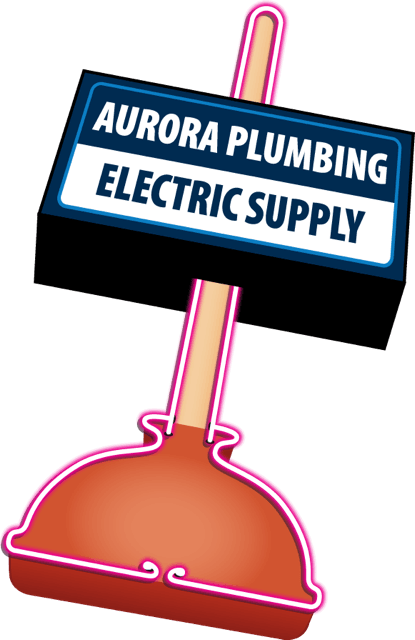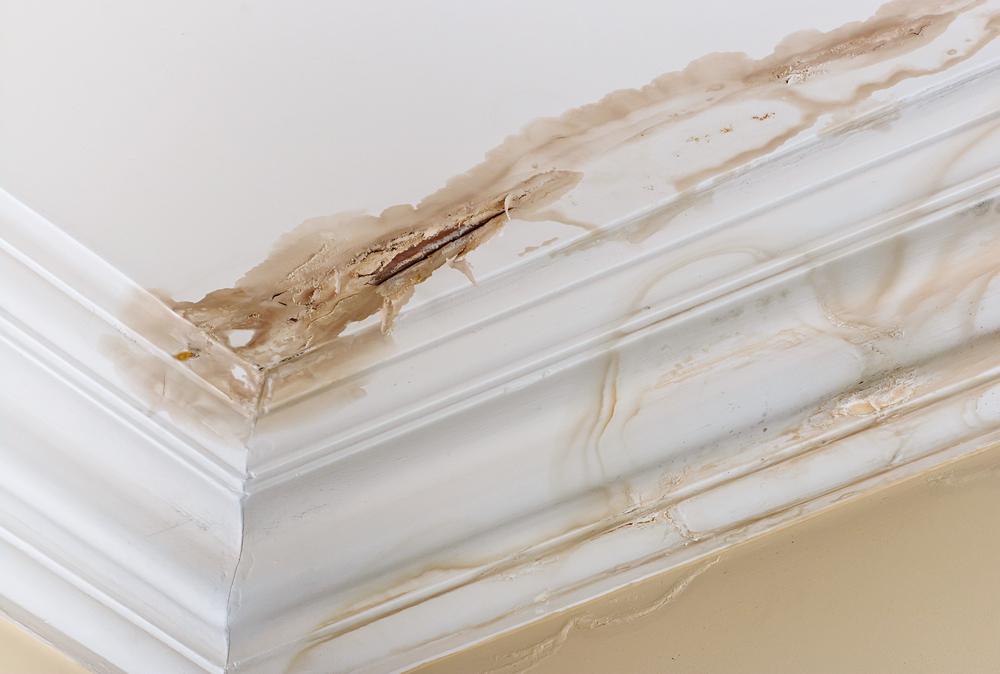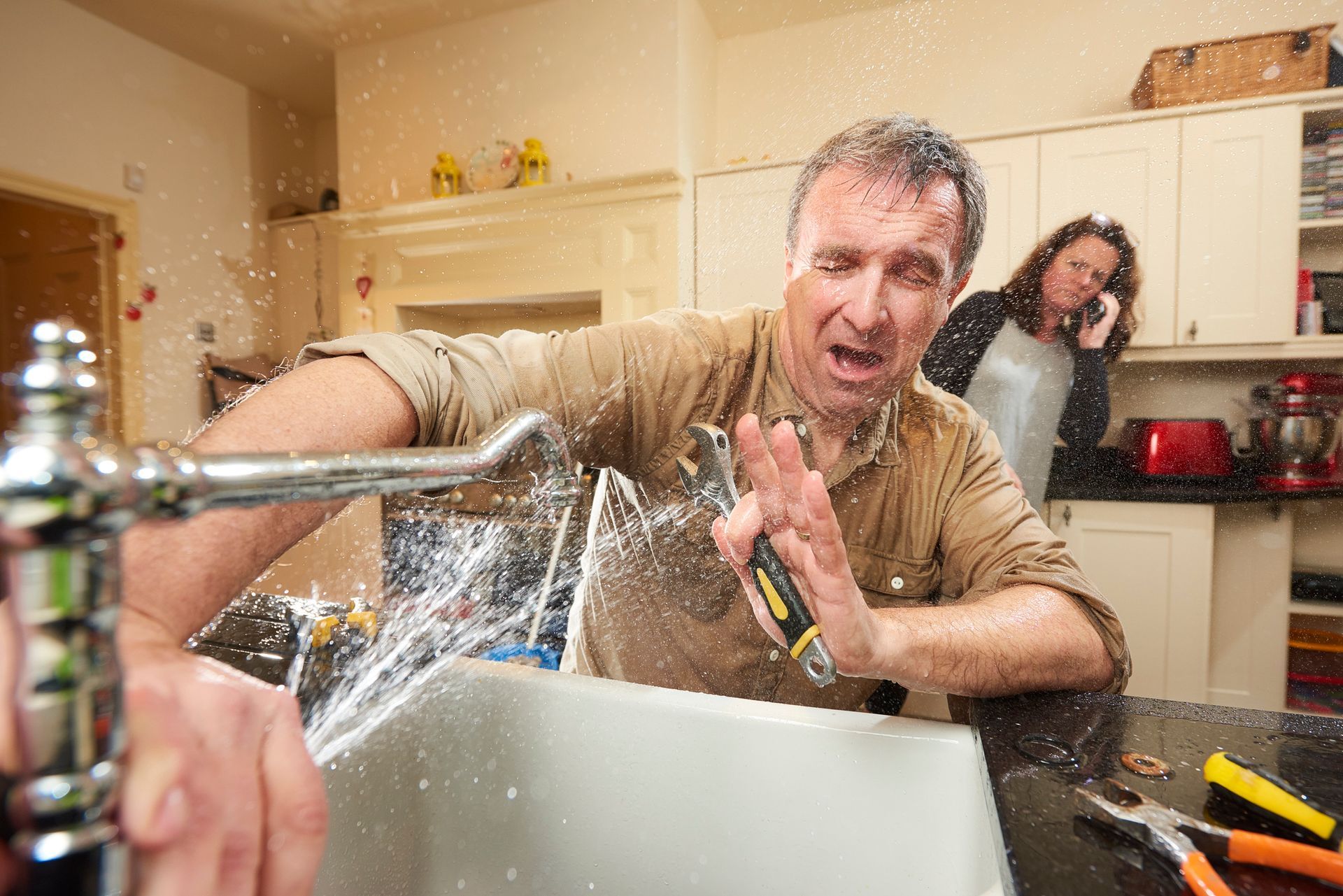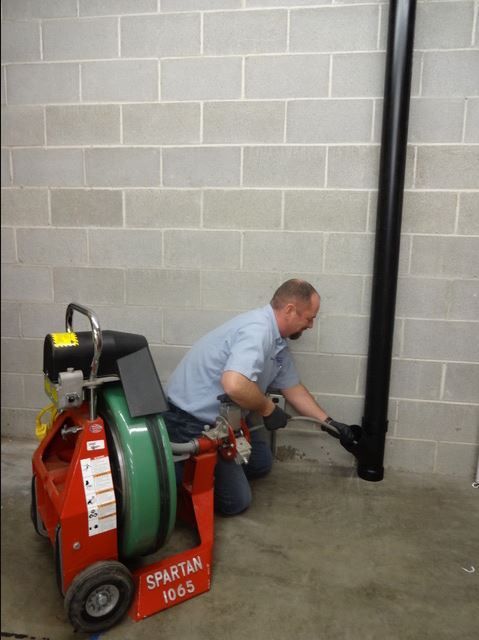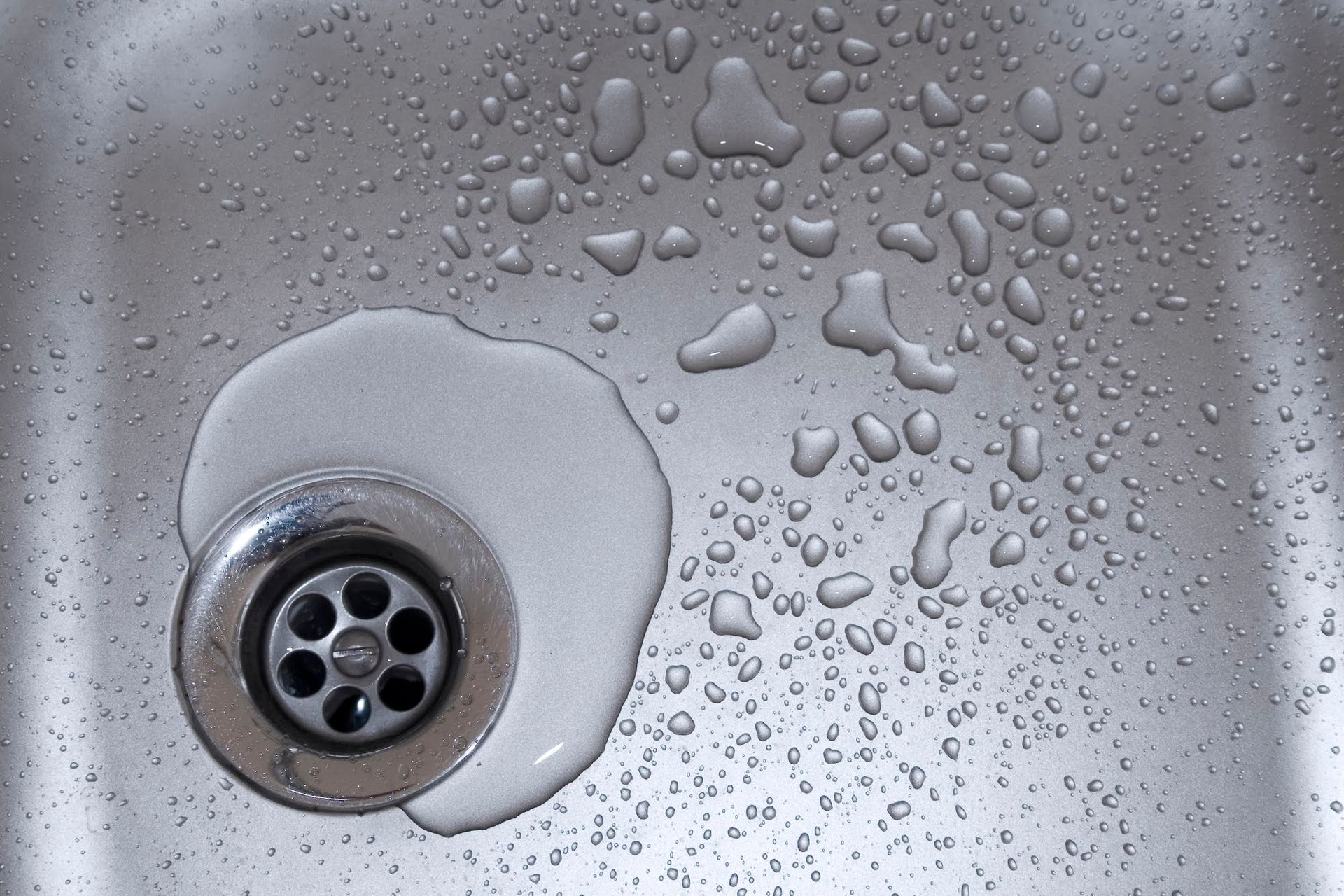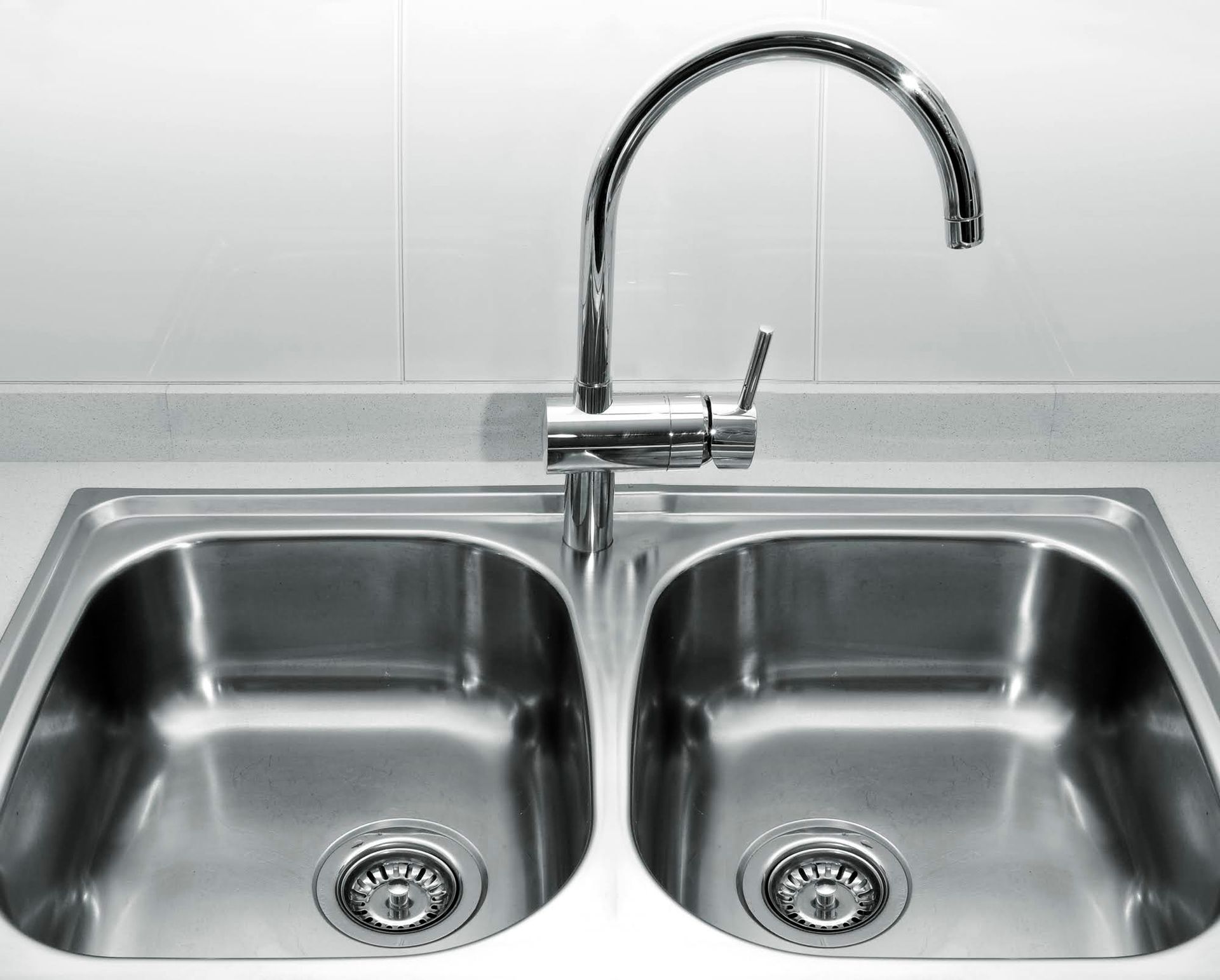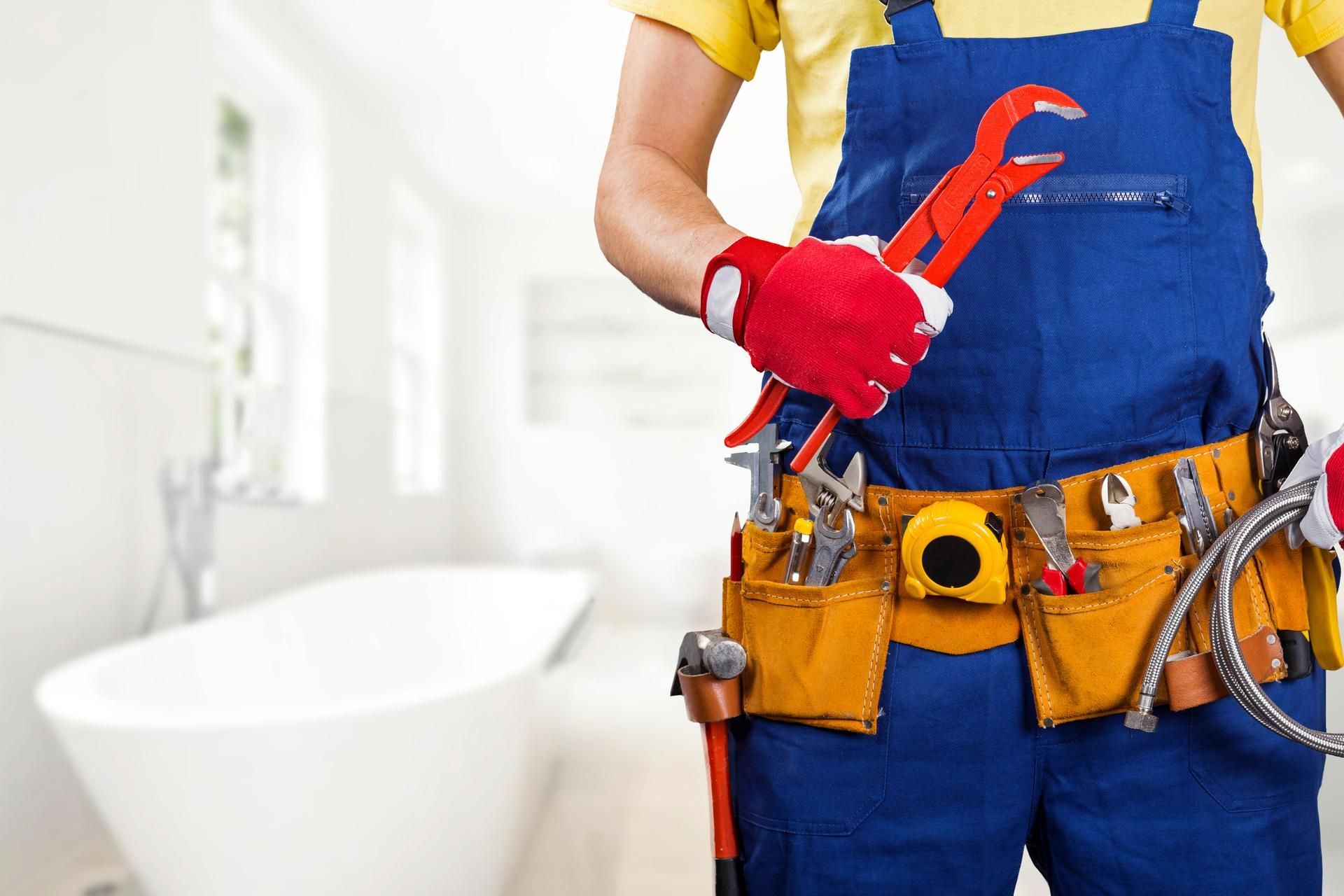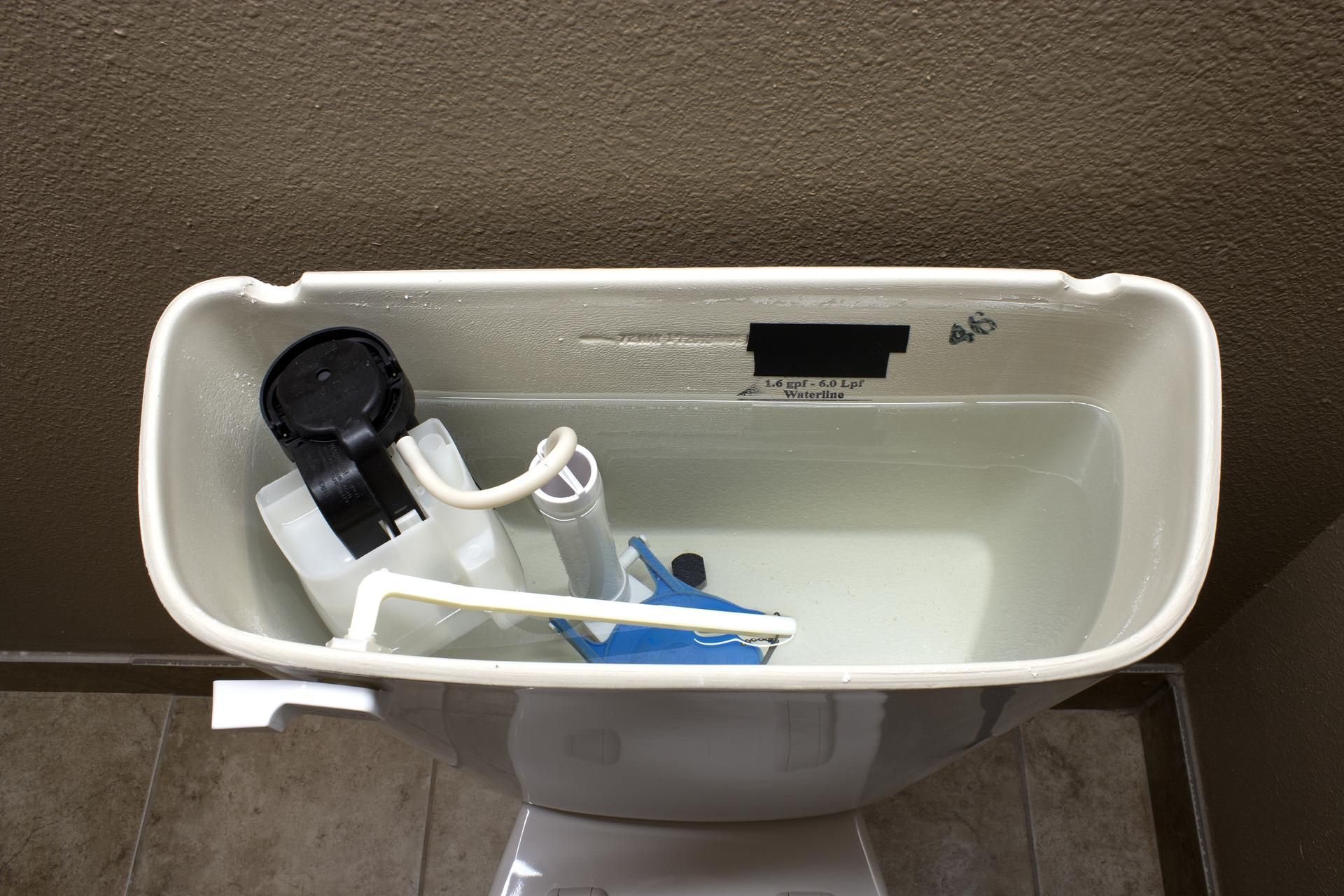Common Locations for Out-of-Sight, Out-of-Mind Leaks That Waste Water
If you see a drip or spray of water anywhere in your house, you'll recognize it for what it probably is — a leak. But some slow drips hide themselves away where you won't see them until they've had time to cause considerable damage. And even a small drip can cause a lot more damage than you might think, both to your home and to the Earth.
The statistics on plumbing leaks are quite troubling: According to the EPA, around 10,000 gallons of water are lost to leakage per household per year. But this also presents an opportunity, they say, to save one-tenth of the money you spend on water annually by simply eradicating leaks.
Here are some common out-of-the-way locations where leaks may spring up. Checking these areas regularly could help you save hundreds or thousands of dollars — not to mention hundreds or thousands of gallons.
Inside Your Walls
Many times, pipes will run inside the walls to get from one room to the next. This can be a tricky issue where checking for leaks is concerned. Typically, you won't be able to easily access the length of pipe to look for leaks and will only be able to detect the leak if you hear it or see water damage unless you have equipment such as a water meter.
This is why you need to have a regular professional plumbing inspection. A plumber can use professional equipment to detect, locate, and repair a leak.
In Your Sewer Line
If your sewer line hemorrhages sewage, you may have bigger problems on your hands than just a slightly higher water bill. For example, a sewer leak pollutes your local environment. Not only does it allow pathogens to escape in your yard where they could harm your family, but also it releases high-nitrogen water that could cause nearby waterways to suffer an algae bloom. Any sewer leak is bad news.
Under Your Foundation Slab
You should always keep an eye on your water usage. The most common way is to monitor your bill and keep an eye on how much water you're using. This way, you will get used to how much water you're using for the month, and you'll notice if your current bill seems high.
When you suspect you may have a leak, one of the things to check is your water meter. If your home develops a substantial leak between the meter and the house, the water meter could give you the first indication of a problem.
The easiest way to check is to shut off the main water valve for your house (at the house, not the meter), go out to meter and see if there is a disc of any sort slowly (or quickly) spinning on the face of the meter. This is an indicator that water is flowing past the meter. If your house is not using water, this disc should be still. If you see the disc spinning, call Aurora Plumbing and we'll help you determine what may need to be done.
Behind Refrigerators, Dishwashers, and Clothes Washers
The water line hook-ups behind major appliances are common spots for leaks as well. And if a refrigerator is in front of it, the leak is much less likely to be spotted, especially if it's just a small drip. So be sure to periodically check these junctions while they're in use. Use a paper towel or paper napkin to wipe the water line and the joints, then look for wet spots.
These are some of the most common places where a leak can spring up but not be immediately spotted. Whether you suspect a leak at home or whether you haven't had a plumbing inspection recently, partnering with a reputable plumbing contractor can help you keep your plumbing in great shape so you can save money and conserve water.
Aurora Plumbing
can help you work out where the leaks come from no matter how well hidden they are. Get in touch today to learn more about our plumbing services.

